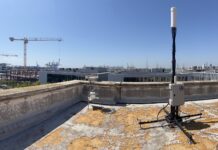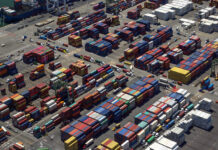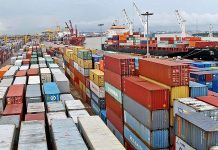
Valenciaport advances its digitalisation goal by making its ports pioneers in applying Artificial Intelligence (AI) in land traffic management.
The port authority has created software with the construction communication platform Nextport that estimates the number of trucks that will travel through its docks, which terminal they will use, and whether they will load or discharge the vehicle.
The new Artificial Intelligence (AI) system combines Valenciaport’s data – both land and seaside – with key information to understand the behaviour of the ship on arrival at the port. “The size of the ships, the type of services and routes, the terminal timetables, the weather, the calendars of festivities in third countries (the Chinese New Year or the Feast of the Lamb have a strong influence on port traffic) or a history of world GDP, among other information, have helped to adjust this predictive machine learning model, assisted and supervised by professionals who train the system,” said Valenciaport in a statement.
With this tool, Valenciaport can predict what will happen at the region ports in terms of ship loading and unloading, as well as movements at the terminal gates and the number of truck entries, days in advance.
Thus, when Valenciaport enters in this system that a ship is going to arrive at the Spanish port on a specific day, it will be able to forecast from that moment on, what workload both import and export is going to involve. In this sense, by adding the prediction of all the ships, you will have the prediction of everything that is going to move in each terminal, key information both for the management of the terminals and for the carriers.
This AI-assisted prediction model is expected to support terminals and carriers operating at Valenciaport’s docks as they will be able to enhance their planning and manage their loads, needs and working times more efficiently.
The terminals will get traffic flow data days in advance and will be able to forecast how much machinery they will need each day and time slot, allowing them to recruit more or less employees as needed.
Shippers, on the other hand, will benefit from this system by knowing more exactly the timetables and cargo quantities of ships and being able to efficiently manage their schedules of entrance and leave from the port or waiting periods.








